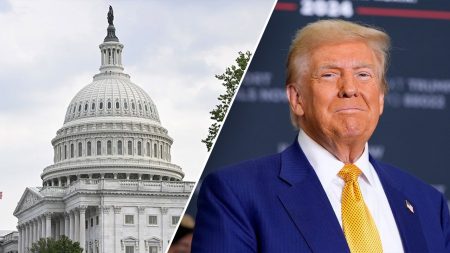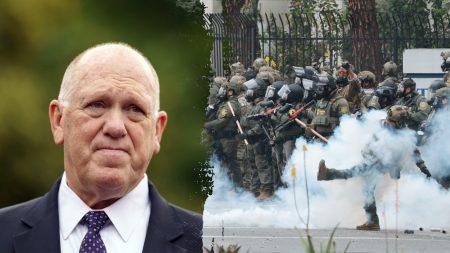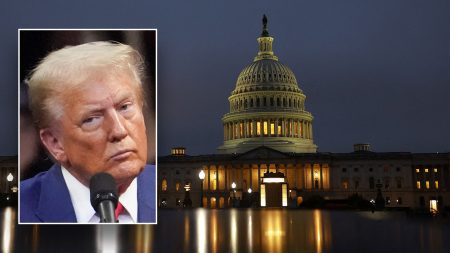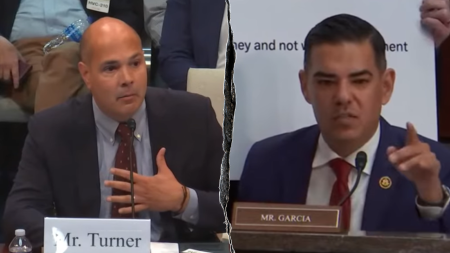The recent surge in reported drone sightings along the East Coast, particularly in New Jersey, has ignited public concern and prompted calls for investigation from residents and lawmakers. These reports detail unmanned aerial vehicles, some allegedly the “size of cars,” flying over residential areas, sensitive infrastructure, and even restricted airspace. State officials, including New Jersey Governor Phil Murphy, have expressed their anxieties to federal authorities, requesting additional resources to investigate these incidents and determine the nature of the drone activity. The unease has escalated to calls for involvement from the Department of Homeland Security and the FBI, with some even suggesting the drones should be shot down if deemed necessary. This growing apprehension paints a picture of perceived intrusion and potential threat, fueling public anxiety.
However, despite the public outcry and escalating anxieties, law enforcement officials and aviation experts maintain that the observed drone activity is likely lawful and does not pose a significant threat. White House national security adviser John Kirby has publicly stated that there is currently no evidence to suggest these drone sightings constitute a national security or public safety risk, nor is there any indication of foreign involvement. This official reassurance attempts to quell the rising tide of public fear, emphasizing the lack of concrete evidence pointing towards malicious intent or a coordinated threat.
Retired Port Authority Police Detective Lt. John Ryan, an experienced aviation security expert, suggests the perceived surge in drone activity is a consequence of two key factors. First, the rapid technological advancement and increasing affordability of drones have led to a significant rise in both recreational and commercial drone use across the U.S. This boom in drone ownership and operation, reflected in the substantial increase in FAA registrations, contributes to the higher frequency of drone sightings. Second, Ryan points out that concerned citizens are often directing their inquiries to the wrong authorities. The FAA, responsible for drone registration and airspace management, is the appropriate agency to handle such reports, not the FBI or Department of Homeland Security.
The dramatic increase in registered drones underscores the growing popularity and normalization of drone technology. As of October 2023, over 790,000 drones were registered with the FAA, including nearly 400,000 commercial drones. This substantial number reflects the widespread adoption of drones for various purposes, ranging from hobbyist flying to commercial applications like aerial photography, surveillance, and delivery services. This significant rise in legitimate drone operations contributes to the increased likelihood of drone sightings, which may be misconstrued as suspicious activity.
The disconnect between public perception and official assessments highlights a critical challenge in managing the integration of new technologies into daily life. While the rapid proliferation of drones presents genuine concerns regarding privacy, safety, and potential misuse, it is essential to differentiate between legitimate drone operations and genuine threats. The current situation underscores the need for clear communication and public education about drone regulations, usage guidelines, and appropriate reporting channels. By directing inquiries to the proper authorities, such as the FAA, individuals can contribute to a more effective and informed response, while avoiding unnecessary panic and escalation.
The incident also underscores the importance of coordinating responses between local, state, and federal agencies. While local law enforcement may be the first point of contact for concerned citizens, effective management of drone-related incidents requires collaboration with the FAA, which possesses the expertise and authority to investigate potential airspace violations and address safety concerns. Furthermore, fostering a better understanding of drone technology and its legitimate applications within the public can help alleviate anxieties and promote responsible drone usage. Clear and accessible information about drone regulations and reporting procedures can empower individuals to make informed decisions and contribute to a safer and more secure airspace.










